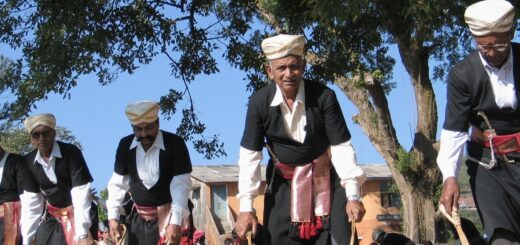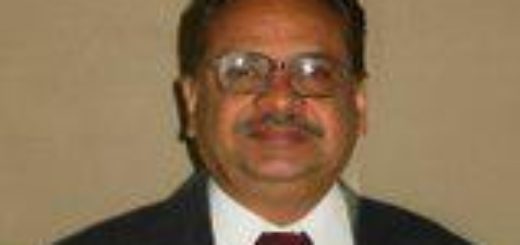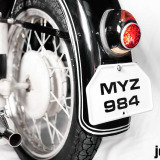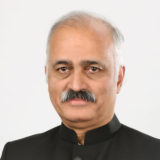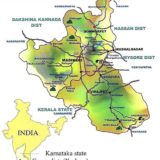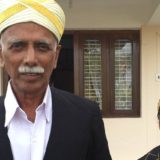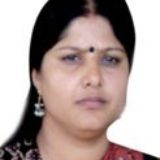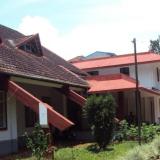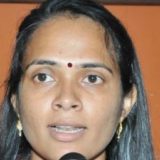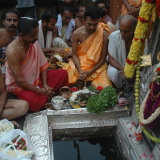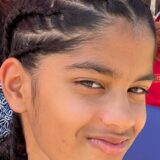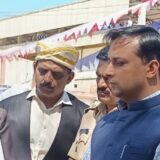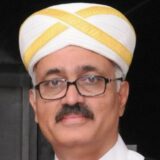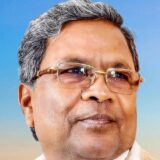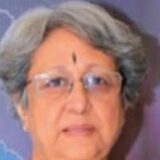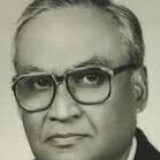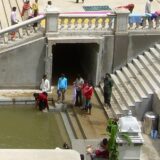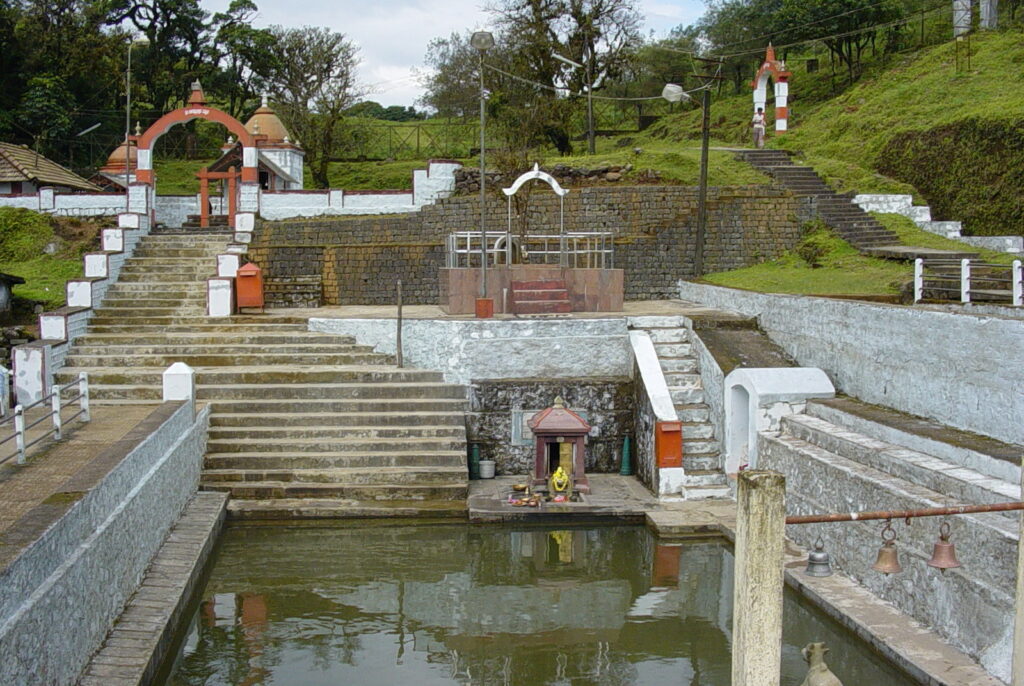
Two of my books are coming out shortly. The first one is on researcher Nanjamma Chinnappa. The second book is titled ‘Kodava Religion at Crossroads’. The second book is a sequel to my book ‘Are Kodavas (Coorgs) Hindus?’ In the run up to the publication of my second book, I am sharing a chapter from the book. PTB.
By P.T. Bopanna
There was a time when Kodavas (Coorgs) with their high literacy rate and long exposure to education, were one of the most progressive communities in India. Added to that was equal access to education given to daughters and the absence of the dowry system, which made Kodava women also well educated and highly regarded in the community.
All that is changing now, with radical Hindutva ideology taking deep roots in the community. The Kodava society, known for its ancestor and nature worship, is switching over to Brahminical Hinduism, influenced by the Hindutva ideology propagated by the Bharatiya Janata Party (BJP).
Kodavas, living in the Western Ghats region of Karnataka since time immemorial, have unique customs and religious practices, strikingly different from that of the neighbouring cultures in south India. However, they have been bracketed as Hindus for official purposes by the government, although they do not satisfy most of the parameters for being considered as Hindu. In particular, Brahmin priests have no role in any of the Kodava ceremonies related to birth, marriage and death. It is Kodava elders who conduct their rituals.
An analysis of why Kodavas are embracing Hindutva ideology, throws up several reasons. There is no denying the fact that the Congress party has had a role in Kodavas jumping on the bandwagon of the saffron brigade.
Though the Rashtriya Swayamsevak Sangh (RSS), a Sangh Parivar organisation, was not much known in Kodagu (Coorg), things began to change following the nationalisation of private banks by the Indira Gandhi-led Congress government in 1969. Many people from the coastal Mangaluru region took up employment in banks across Kodagu in the early 1970s. It was said that many of these bank employees were sympathetic to the RSS and its political offshoot, the Jan Sangh, which later evolved into the BJP, and that they influenced the people of Kodagu.
In the mid-1960s, firebrand politician A.K. Subbaiah, father of the present Virajpet MLA, A.S. Ponnanna, was elected to the Karnataka Legislative Council from the erstwhile Jan Sangh which later became the BJP. Dr. M.M. Chengappa, a popular medical practitioner from Virajpet, became the president of the Kodagu unit of the BJP in the late 1970s. With Kodava leaders gaining positions in the BJP, many Kodavas became sympathetic to the Sangha Parivar ideology.
In 1980, R. Gundu Rao, hailing from Kodagu, was elected chief minister of Karnataka, thanks to his proximity to the Indira Gandhi family. During his regime, he encouraged migrants from Kerala to occupy government lands in Kodagu with a view to create a vote bank for the Congress. Gundu Rao’s lieutenant K.M.Ibrahim, was reportedly active in backing Muslim migrants’ petitions to occupy government lands. This angered the Kodavas as many colonies of Muslims mushroomed across Kodagu, especially in northern Kodagu.
This development came in handy for the Hindutva forces to create a fear psychosis among the majority communities, particularly among Kodavas, that Muslims were going to outnumber Hindus in Kodagu.
In 2008, after the BJP assumed power in Karnataka under the chief ministership of B.S. Yediyurappa, the Sangha Parivar started taking deep roots in Kodagu. While the Yediyurappa government did not do much for the development of Kodagu, it tarred the roads leading to the Hindu temples across the district. Huge arches were built at the entrances of the roads leading to the temples. Many new temples came up. Many neglected temples were renovated. As a result, there was a surge in the Hindu religious faith among the Kodavas. Taking advantage of the temple boom in Kodagu, many Brahmin priests found employment in Kodagu.
The temple boom and the resurgence of faith in Hindu gods, resulted in Kodavas practising Brahminical Hinduism. With this, the number of Brahmin priests multiplied. The priests found it lucrative to practise astrology. Consequently, each temple in Kodagu had two or three priests. The priests also catered food for the devotees.
Kodavas follow the solar calendar. The first day of the Kodava month of Edmyaar is popularly known as Bisu Changrandi, the Kodava New Year, which is observed in mid-April. On this day, cattle are yoked and the paddy fields are ploughed, to symbolically mark the occasion.
Consequent to the shift from agriculture to professional jobs in the past few decades, most of the people of Kodagu stopped observing the Kodava New Year. Instead they began celebrating Ugadi, the Kannada New Year, which had been celebrated since the time of the Kannada-speaking Lingayat Rajas who ruled Kodagu from 1600 AD.
Regrettably, the sacred space in the central hall of the ainmane, the ancestral house of the Kodava okka (clan), where only a lamp was kept in the past, has now in many cases been occupied by framed photos of Hindu gods, often cut out from garish calendars. The only redeeming feature is that, alongside the worship of Hindu gods, Kodavas continue to observe Karanang Kodpo, the annual worship of ancestors, with offerings of non-vegetarian food and liquor.
However, Kodavas, especially in cities, have started celebrating Hindu festivals like Deepavali, Ganesha Chaturthi, Ugadi, etc., which are celebrated with much fervour and ostentation by their Hindu neighbours. So much so, that many Kodava households skip celebrating Kailpod, the Kodava festival of arms, when non-vegetarian food and liquor are traditionally served, if its timing clashes with the Ganesha festival, believing that it would result in ritual pollution during Ganesha Chaturthi.
Another important development is the performance of ‘homa’, the Vedic fire ritual where materials like rice, ghee, milk, etc., are thrown into the ‘sacred’ fire by Brahmin priests to ‘divert the negative powers and awaken positive vibration’. Kodavas never practised homa in the past. None of the Kodava rituals require throwing rice into fire. Rice, a major crop cultivated by Kodavas, is sprinkled during important blessing ceremonies and prayer rituals. But it is never wasted by letting it being consumed by fire. Sadly, the fire ritual has now become almost mandatory during Kodava house-warming ceremonies.
In the past few years, Hindutva forces have taken control of most of the Kodava Samajas, both in Kodagu and in cities like Bengaluru and Mysuru.
In 2020, the Bangalore Kodava Samaja, located at Vasanthnagar, organised a ‘homa’, a public fire ritual, performed by Brahmin priests. Thereby, the Samaja, considered as the ‘ainmane’ of the Kodava community living in Bangalore, deviated from Kodava religious faith – a tribal faith which does not include any Vedic practices like ‘homa’.
According to a report published in a Kodava weekly, Sudarshan homa, Ganapathi homa and Navagraha homa were performed to mark the birth of river Cauvery on October 18, and were attended by the president and office-bearers of the Bangalore Kodava Samaja. The holding of several homas on the day of the Kaveri Sankramana, has vitiated the significance of the Sankramana festival.
Sources in the Samaja said that the homas were held to ward off the effects of the Covid pandemic and to reverse the poor financial situation of the Samaja which had lost substantial revenue that used to accrue to it from renting the premises for weddings.
With the emergence of BJP leader Narendra Modi as prime minister in 2014, saffronisation of Kodavas received a boost. The BJP’s information technology cell has played a crucial role in radicalising the Kodavas. The community, once known for its broadmindedness, is now turning communal, thanks to the toxic messages flooded through WhatsApp forwards. Kodagu, once known as the ‘Land of the Generals’ because of the famous Kodava generals – Field Marshal K.M. Cariappa, and General K.S. Thimayya – is now becoming synonymous with the ‘Land of the Foot Soldiers of the Hindutva Brigade’.
It is not just the BJP which has taken deep roots in Kodagu. Even a fringe Hindutva organization, the Bajrang Dal, a Sangh Parivar outfit, has been active in the district. In 2022, it held an arms training camp at a private school in Ponnampet, where the Dal members who wielded ‘trishuls’ (tridents) imparted training in the use of airguns. It was claimed that the participants in the camp were not students of the school but youths from several parts of the state.
The people of Kodagu should stay away from the militant fringe of the Sangh Parivar who could pose a threat to the firearms exemption privilege being enjoyed by Kodavas and Jamma-holders of Kodagu.
Among the regressive decisions taken by the Kodava Samajas was the one taken by the Kodava Samaja at Ponnampet, banning the cutting of cakes and popping of champagne at Kodava weddings. The Ponnampet Samaja also barred bridegrooms from sporting beards and Kodava women from going to the wedding mantap with their hair let loose. The Balele Kodava Samaja in Kodagu passed a resolution a couple of years ago, against renting their premises for weddings to Kodavas who marry outside the community.
It is evident that these so-called Samaja leaders lack the knowledge of Kodava culture which is not frozen in time but remains flexible enough to meet the needs of changing circumstances. The immensely practical and pragmatic nature of Kodava customs made them easy to comply with because the codes of conduct and traditions of Kodava faith were transmitted orally down generations, with no ‘guru’ or ‘dogmatic document’ to dictate customs.
The purpose of a Kodava Samaja is to promote the wellbeing of the Kodavas and to strengthen Kodavame (Kodava culture). The priority of a Kodava Samaja should be to unite the community, rather than to take ‘regressive’ measures that alienate it.
A few years ago, the committee which manages the Talacauvery temple had recommended barring women from climbing the steps to the Brahmagiri hill – the towering peak that rises from the temple. A decision to bar women from climbing the Brahmagiri hill was taken at the ‘Ashtamangala Prashne’ ritual held at Talacauvery. The temple astrologer was quoted as saying: “Women dressed in shorts and inappropriate clothes are ruining the sanctity of the place.” A source said that the main reason for barring women from climbing the Brahmagiri peak was to prevent women with ‘periods’ from polluting the sanctity of the place.
Though Kodavas have been moving gradually towards Hindutva in the last two decades, saffronisation received traction in Kodagu after Karnataka chief minister Siddaramaiah of the Congress decided to celebrate the birth anniversary of the 18th century Mysuru ruler Tipu Sultan in 2015.
Apparently, the chief minister decided to organise the Tipu event to woo the minority Muslims. The entire exercise smacked of vote bank politics. Siddaramaiah converted Kodagu into a communal laboratory to serve his political interests.
As anticipated, following the celebrations in Kodagu, violence broke out between Sangh Parivar workers and Muslim processionists and a few persons were killed, among whom was a Hindu activist D.S. Kuttappa.
Tipu has been a polarising figure in Kodagu and Mangaluru areas because he had resorted to mass conversion of Kodavas, and had razed churches and killed Christians in Mangaluru.
The BJP cashed in on the Tipu issue which was handed to them on a golden platter by Siddaramaiah. This helped the saffron party as they were bent on polarizing the Hindus and Muslims, especially in Kodagu, Mangaluru and parts of Mysuru. The issue paid good dividends to the BJP in the ‘Tipu belt’ in the Assembly elections that followed, and the BJP bagged the maximum number of seats.
I feel Kodavas should be proud of their heritage and practise Kodavame, the Kodava way of life, which was practised for generations by our forefathers. Being part of the BJP does not in any way come in the way of living our lives as laid down by our ancestors. It is also not necessary that members of the BJP should practise Brahminical Hinduism. BJP is a party which believes in nationalism. Kodavas are known for their patriotism, which was the motivating factor for many in the community to join the armed forces.
Since Kodavas are a well-evolved community with high educational background they should not engage in toxic conversation with communal overtones. Being an educated class, they should not peddle fake news and WhatsApp forwards.
Kodavas should strive towards becoming global citizens or ‘Vishwa Manava’ (a man having a universal consciousness, not limited by petty considerations), an idea espoused by Kuvempu, the renowned Kannada writer.
Photo: Image of Talacauvery temple in Kodagu district as it existed prior to the concretisation of the area by Karnataka government agencies.

